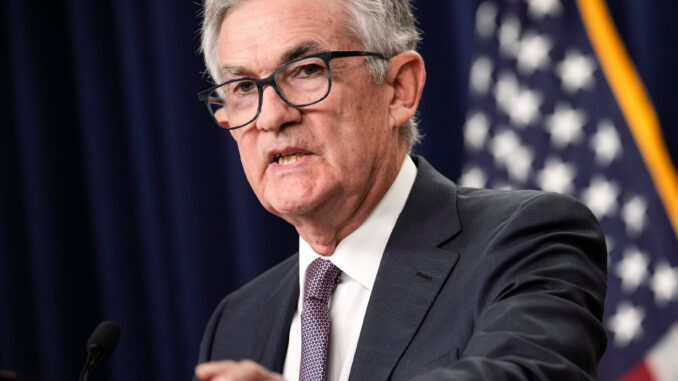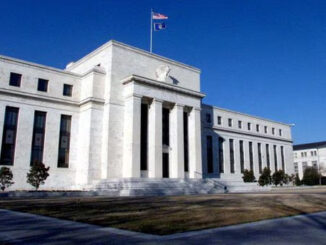
The 2% inflation target has been repeated so often by Fed officials and central bankers worldwide that it seems absolutely crucial to a healthy economy. But “the 2% inflation target, it’s relatively arbitrary,” said Josh Bivens, director of research at the Economic Policy Institute.
In fact, it was invented in New Zealand in the 1980s. Arthur Grimes, professor of wellbeing and public policy at Victoria University, said that New Zealand was experiencing skyrocketing inflation then, and the central bank picked an inflation target — seemingly out of nowhere — so that it could work toward a goal.
Other central banks followed suit. In 1991, Canada announced its inflation target; the United Kingdom followed a year later. It was not until 2012 that the U.S. declared its 2% inflation target, but that number has remained stubbornly alive in the minds of the Fed ever since.
But if the 2% target is arbitrary, it implies that the economy could function normally at a higher level of inflation. Indeed, in 2007, some economists wrote a letter to the Fed arguing for a higher ceiling. “There’s no evidence that 3% or 4% inflation does substantial damage relative to 2% inflation,” said Laurence Ball, professor of economics at Johns Hopkins University, who was among those who signed that letter.
The Fed, however, is unlikely to change its target amid the current hiking cycle — it might look like it’s caving to investor demands for lower rates. Reconsidering what healthy inflation means will be a task left to another generation of central bankers.
Source:www.cnbc.com



